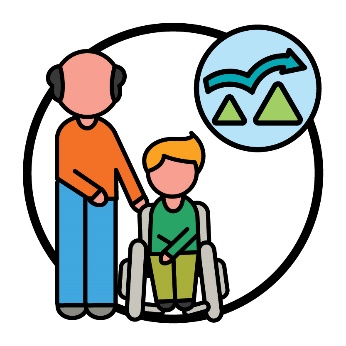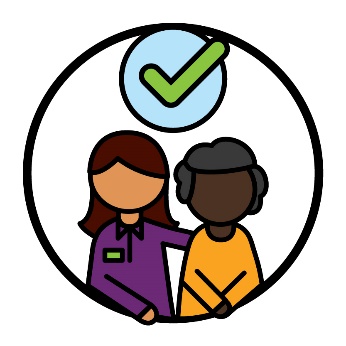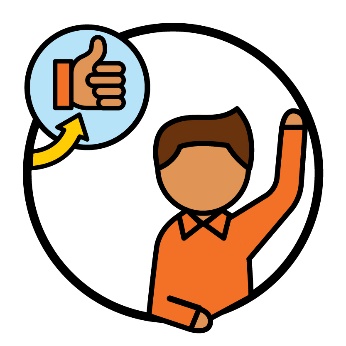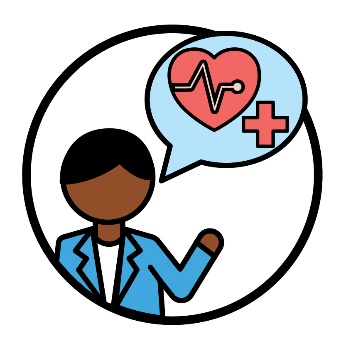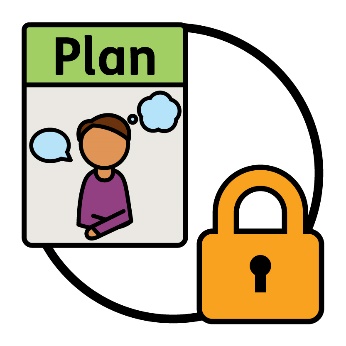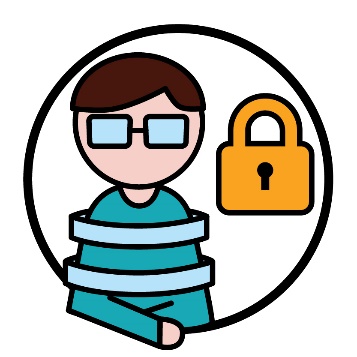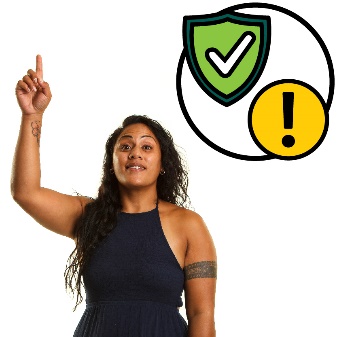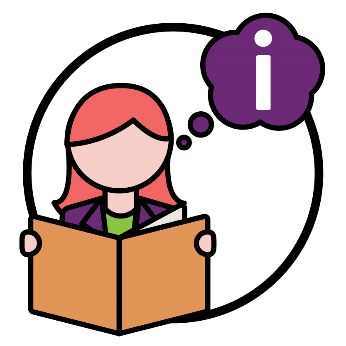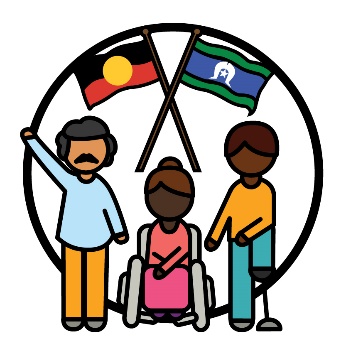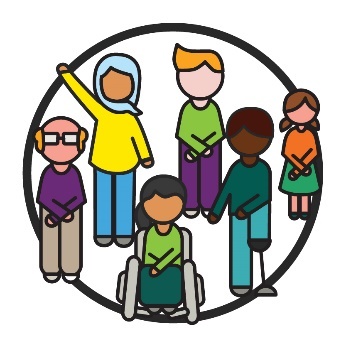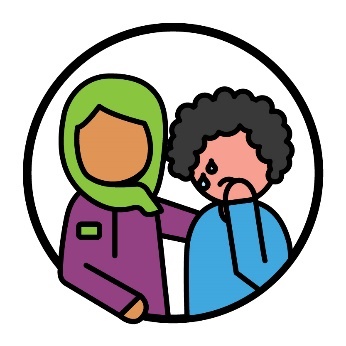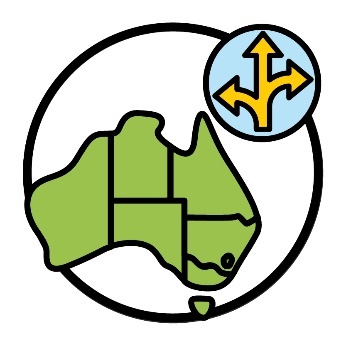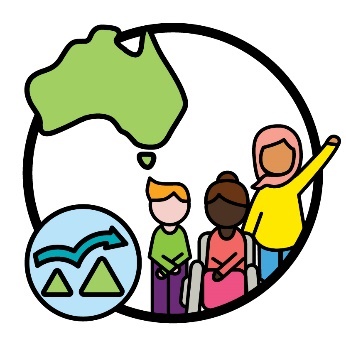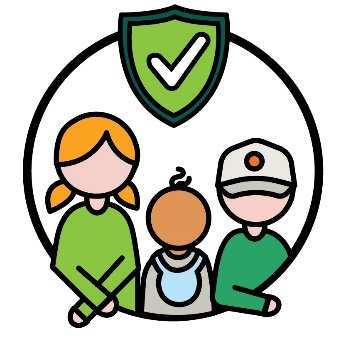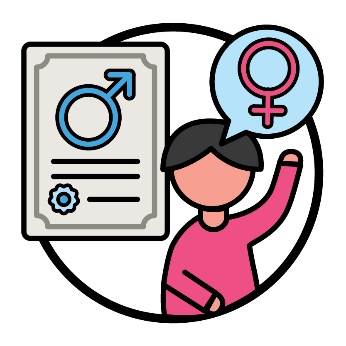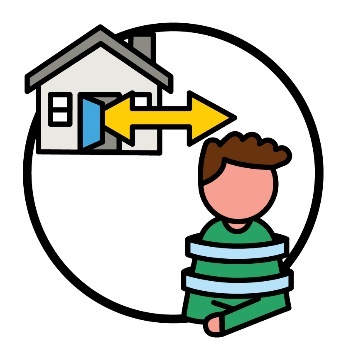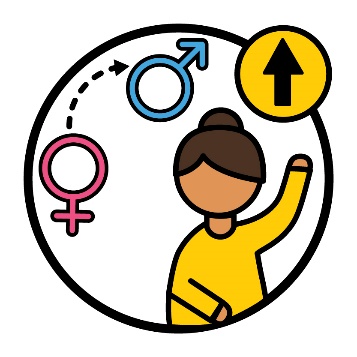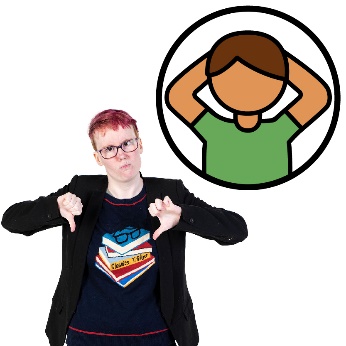NDIA’s Complex Support Needs Pathway
|
|
The NDIA updated the Reference Group about its work on the Complex Support Needs Pathway. We just call it the Pathway. |
|
|
|
The Pathway offers support for participants who have different challenges that affect their lives. The Pathway started in 2018. |
|
|
|
Reference Group members agreed that the Pathway helps people to:
|
|
|
|
It also helps participants to have a better experience. |
|
|
|
The Pathway has a team that gives them advice about health care. Members agree that this team are good at how they manage the way some things are handled. |
|
|
|
This includes:
|
|
|
|
Restrictive practices are actions that stop people from:
|
|
|
|
For example, making sure people use restrictive practices:
|
|
|
|
Members explained there is a need to look at information on how different people are supported in the Pathway. |
|
This includes: |
||
|
|
|
|
|
|
|
|
|
|
The Pathway should work to build trust with people from these communities. |
|
|
|
And the Pathway should do this in a way that:
|
|
|
|
Members shared they want more information about how the Pathway will communicate with other government supports that are not part of the NDIS. |
|
|
|
Each state and territory have different:
|
|
|
|
Members explained that this is a challenge for participants across Australia who want to use the Pathway. |
|
|
|
Members explained that it’s important to make sure that children are safe in the Pathway. For example, transgender children. |
|
|
|
If you are transgender, your gender identity is different now to what you were given when you were born. |
|
|
|
Some children:
|
|
|
|
Transgender children are more likely to experience these things. |
|
|
|
Sometimes a person behaves in a way that is seen as bad or wrong. Members explained that these behaviours should instead be seen as a way for people to show who they are. |
|
|
|
Members also shared that it’s important to have plans that support people to have good relationships. |
|

